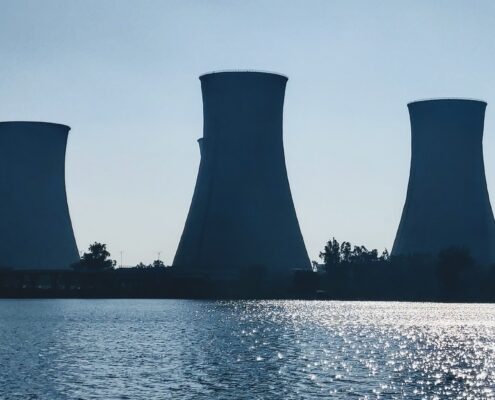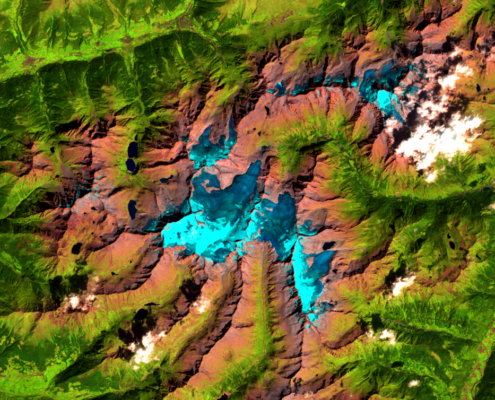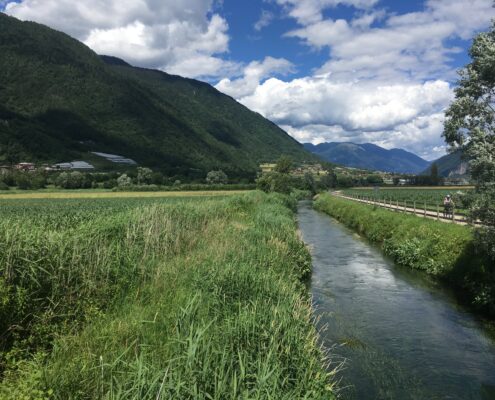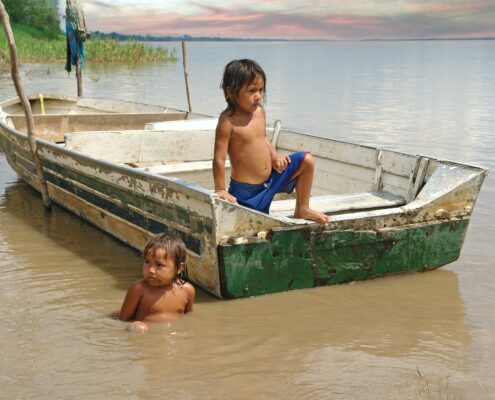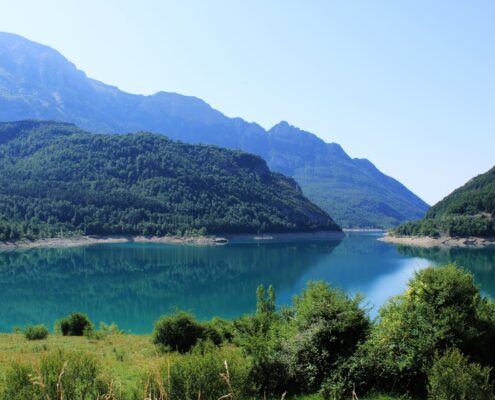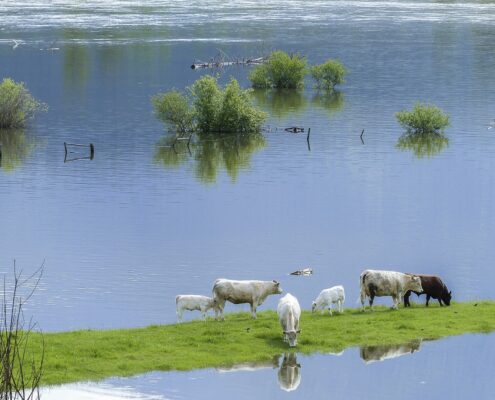 https://greenmarked.it/wp-content/uploads/2023/12/cows-358959_1280.jpg
960
1280
Etienne Hoekstra
https://greenmarked.it/wp-content/uploads/2022/01/LOGO-GREENMARKED-SITO-600x600.png
Etienne Hoekstra2023-12-22 11:44:132024-05-16 10:23:40Sustainability Implications of Dutch Far-right Victory
https://greenmarked.it/wp-content/uploads/2023/12/cows-358959_1280.jpg
960
1280
Etienne Hoekstra
https://greenmarked.it/wp-content/uploads/2022/01/LOGO-GREENMARKED-SITO-600x600.png
Etienne Hoekstra2023-12-22 11:44:132024-05-16 10:23:40Sustainability Implications of Dutch Far-right VictoryMay 05, 2023
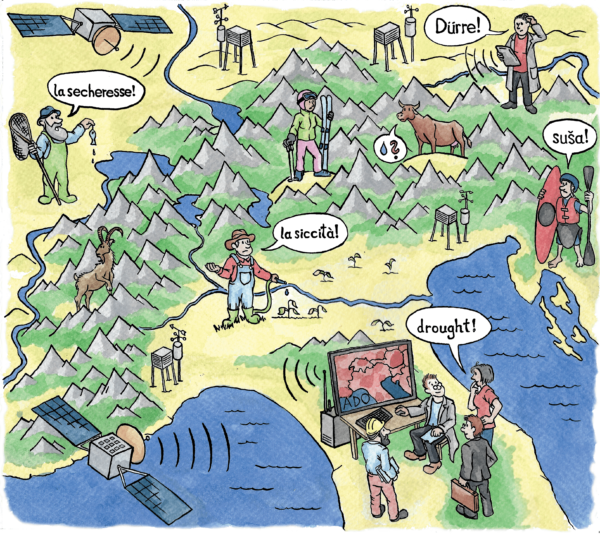
The drought, a consequence of the climate crisis we are experiencing, is real. In the previous article we talked about the current situation in Italy and how citizens perceive the problem. We should not despair but be aware of the problem and try to adapt as best we can.
In fact, the Italian government has recently issued a decree to set up a steering committee for the water crisis and the appointment of an extraordinary national Commissioner for the adoption of urgent interventions related to the water scarcity phenomenon. [1]
The information that the committee and the commissioner will have to evaluate regarding the state of water resources is often provided by regional bodies, which makes it complicated to have an overall picture of the situation updated quickly. For this reason, a permanent drought observatory (ADO) has been set up for the Alpine area, a project led by Eurac Research of Bolzano together with several national and international partners, funded by the Interreg Alpine Space Programme, co-funded by the European Union. [2]
The Alpine Drought Observatory (ADO) aims to create an online drought monitoring platform and develop policy implementation guidelines for proactive drought management in the Alpine Space region. [3]
Video 1: A video produced by the ADO, illustrating the drought issue from multiple point of views and why this cooperative project is necessary.
The ADO portal makes it possible to visually assess the current drought situation in the Alps via an interactive map. For each predefined area, various indicators are available.
Indices
We could start looking into the indices, numerical indicators computed starting from satellite data that describe:
- Atmosphere: Precipitation Anomalies (%) and Standardised Precipitation Index (SPI)
- Top-Soil: Standardized Precipitation-Evapotranspiration Index (SPEI) and Soil Moisture Anomalies
- Vegetation Health: Normalized Difference Vegetation Index (NDVI) and Vegetation Health Index (VHI)
- Surface- and Ground-Water: Standardized Snowpack Index (SSPI) and Hydrological Indices (SDI, SGI, ..)
The interactive map allows you to view the trend of these data over time by clicking on the area of interest, which allows us to evaluate the data in comparison to even 40 years ago!

Fig. 1: The interactive time series viewer on the ADO website, allowing you to analyse and compare data starting from 1980.
Impacts
Another set of indicators available on the platform are impacts. You could for instance check the reported impacts of drought during the previous years in a specific region just selecting “Reported Impacts” and then clicking the area of interest. Additionally you can as well investigate impact probabilities and related risks.
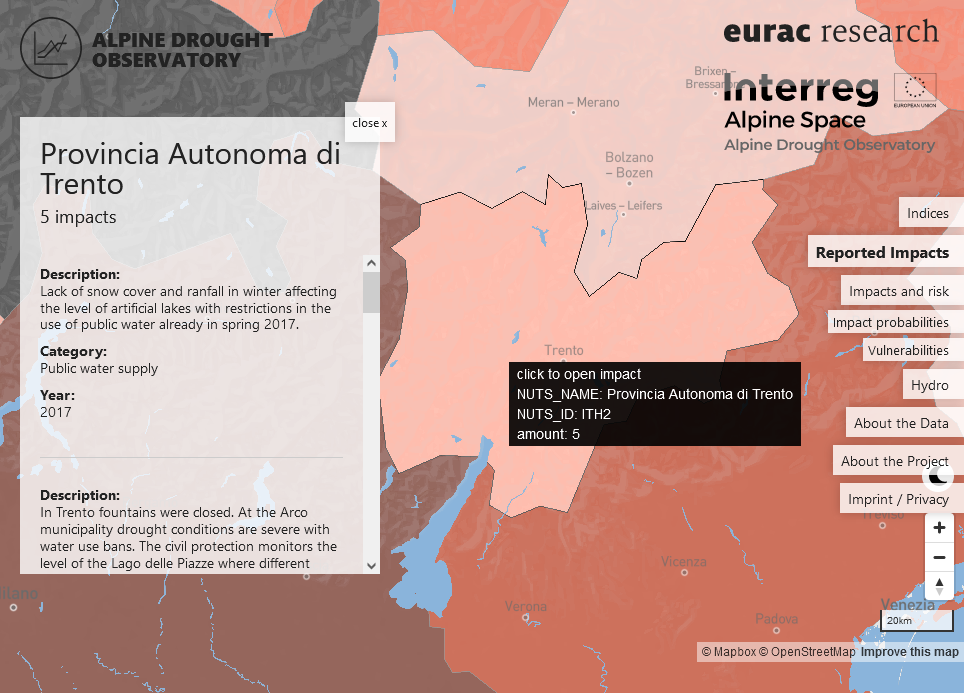
Fig. 2: The interactive impact reports on the ADO website.
Vulnerabilities
The vulnerability factor identifies factors contributing to agriculture’s vulnerability to drought. The factors are:
- Farm size
- Livestock density
- High input farming
- Production intensity
- Utilised agricultural area
- Share of permanent grassland
All the factors are described in details on the website, please have a look there if you would like to know more on a specific indicator.
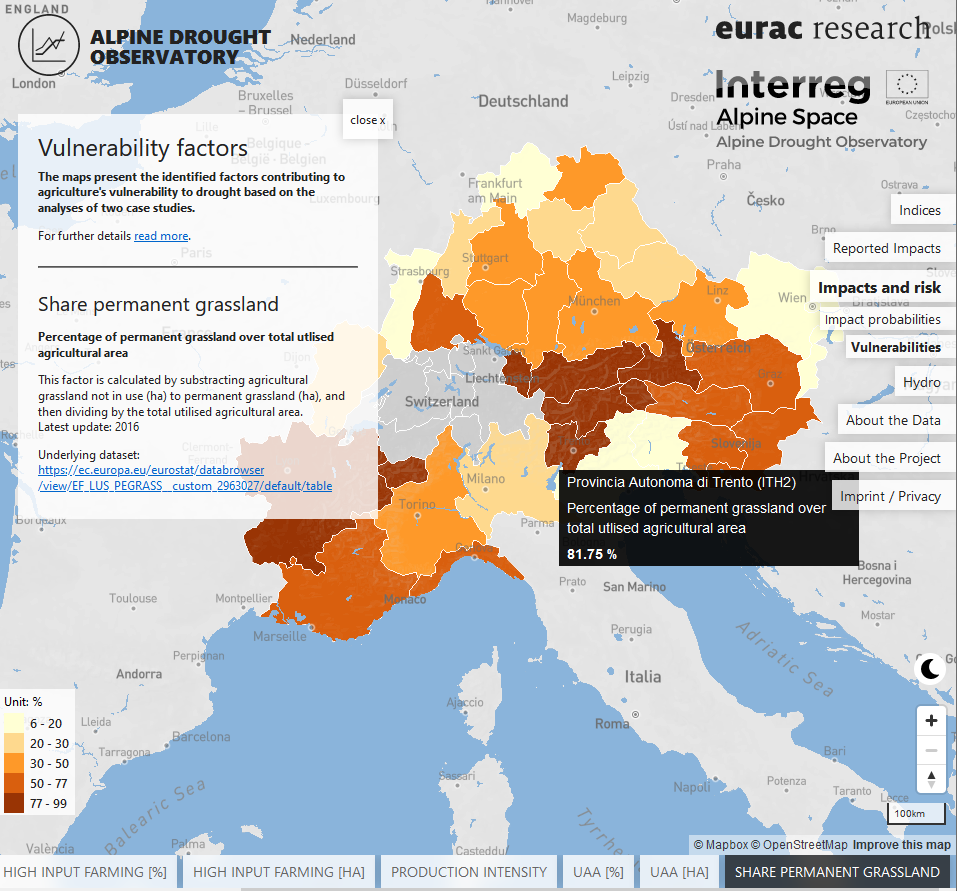
Fig. 3: The vulnerability factors showed on the interactive map on the ADO website. You can choose from multiple factors and get all the details about them with one click.
Try it!
All the described functionalities are open to everyone visiting the website. If you would like to test all of this, you can also try it out directly in the embedded version of the website below, or visit the ado.eurac.edu webpage.
The correct information and dissemination of problems related to the climate crisis, such as that of drought, can certainly benefit from projects such as ADO, which make information that until recently remained confined to researchers and insiders more accessible and within everyone’s reach.
This article is part of the project “PILLOLE D’ACQUA PIANA: seminari itineranti, blog e podcast per una gestione sostenibile delle risorse idriche in Piana Rotaliana” carried out by ECONTROVERTIA APS and supported by Fondazione Caritro (Prot. no. U445.2023/SG.386 of April 23, 2023).


Related articles:
References:
[1] Gazzetta Ufficiale. (2023, April 14). https://www.gazzettaufficiale.it/atto/serie_generale/caricaDettaglioAtto/originario?atto.dataPubblicazioneGazzetta=2023-04-14&atto.codiceRedazionale=23G00047&elenco30giorni=true
[2] Alpine Drought Observatory | Eurac Research. (n.d.). https://ado.eurac.edu/
[3] Welcome to the ADO project website —. (n.d.). https://www.drought.uni-freiburg.de/ado
Cover- and preview image: ADO project image created by Iskriva.



